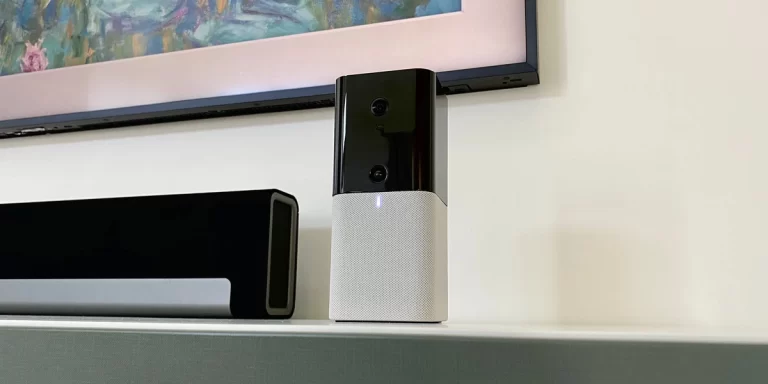What Roof Shape is the Most Energy Efficient? Shed Roof
What roof shape is the most energy efficient? Discover the top 10 roof shapes that offer exceptional energy efficiency. This comprehensive article explores each roof shape’s benefits, drawbacks, and their impact on energy consumption.
What Roof Shape is the Most Energy Efficient?
When it comes to constructing or renovating your home, one essential aspect to consider is the roof shape’s energy efficiency.
The right roof design can significantly impact your energy consumption and, in turn, your monthly bills.
In this article, we delve into the top 10 energy-efficient roof shapes, exploring their unique characteristics and how they contribute to a greener, more sustainable living.
So, let’s explore the best roof shapes that not only enhance the aesthetics of your home but also help you save energy and money.
1. Shed Roof
The Shed roof shape is a single-sloped roof that offers excellent energy efficiency. Its simple design allows for easy installation and reduced material usage, making it an eco-friendly choice.
The inclined surface is ideal for capturing rainwater, which can be utilized for various purposes, including irrigation.
Additionally, the Shed roof’s orientation can optimize solar panel placement, maximizing solar energy generation.
2. Gable Roof
The Gable roof, also known as a pitched or peaked roof, is another energy-efficient option.
Its triangular shape promotes efficient ventilation, allowing hot air to rise and escape through the roof vents, thus maintaining a cooler indoor environment during hot summers.
The open design also facilitates rainwater drainage, reducing the risk of leaks and water damage.
3. Hipped Roof
The Hipped roof is characterized by slopes on all four sides, meeting at a ridge. This design offers enhanced wind resistance and stability, making it a suitable choice for regions prone to severe weather conditions.
Its overhangs provide shade to the walls, reducing heat gain during sunny days. Proper insulation in a hipped roof further improves its energy efficiency, keeping indoor temperatures comfortable year-round.
4. Butterfly Roof
The Butterfly roof, with its unique V-shape design, is gaining popularity for its eco-friendly features. The inward slopes channel rainwater towards a central gutter, facilitating rainwater harvesting.
Moreover, the Butterfly roof’s expansive windows enhance natural light penetration, reducing the need for artificial lighting during daylight hours and consequently lowering energy consumption.
5. Green Roof (Living Roof)
A Green roof, also known as a Living roof, is a remarkable sustainable choice. It features a layer of vegetation on the roof’s surface, providing excellent thermal insulation and reducing the urban heat island effect.
The plants absorb sunlight, heat, and rainwater, acting as natural insulators, which can significantly lower indoor cooling and heating needs.
6. Flat Roof
The Flat roof, though not entirely flat and having a slight slope for drainage, is an energy-efficient roof shape. Its simple design allows for easy installation of solar panels, making it a popular choice for solar-powered homes.
Properly insulated flat roofs can prevent heat loss during winters, contributing to improved energy efficiency.
7. Mansard Roof
The Mansard roof, with its double-sloped design on all four sides, offers versatile living space beneath the roof. This space can be effectively utilized for installing solar panels, making it an energy-efficient option.
Additionally, the steep slopes of the Mansard roof allow for better rainwater runoff, minimizing water accumulation and potential water damage.
8. Gambrel Roof
The Gambrel roof is reminiscent of a traditional barn roof and provides ample space in the attic area. This space can be converted into living quarters or used for storage.
When properly insulated, the Gambrel roof can help maintain indoor temperatures and reduce reliance on heating and cooling systems.
9. Saltbox Roof
The Saltbox roof is asymmetrical, featuring a long, sloping roofline in the front and a shorter one in the back.
This design enhances natural ventilation, promoting airflow throughout the house and reducing the need for air conditioning in mild climates.
10. Bonnet Roof
The Bonnet roof, also known as the “double-hipped” roof, is characterized by its four slopes, two of which cover the house’s main structure, while the other two cover porches or extensions.
The overhangs of a Bonnet roof offer shade to the interior, reducing solar heat gain and providing energy savings.
Conclusion
When choosing a roof shape for your home, considering energy efficiency can have a significant impact on your comfort, budget, and environmental footprint.
The top 10 energy-efficient roof shapes offer a diverse range of benefits for your home. Each design has unique features that contribute to a greener, more sustainable living.
With the right roof shape, you can enjoy reduced energy consumption, lower utility bills, and a more eco-friendly lifestyle.
RAED ALSO!!!
